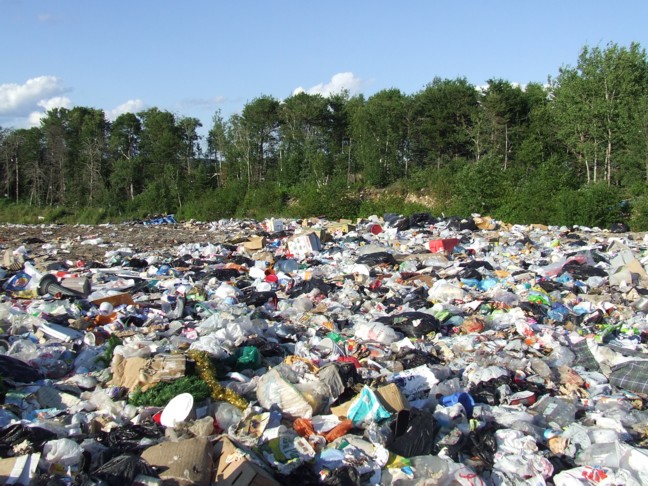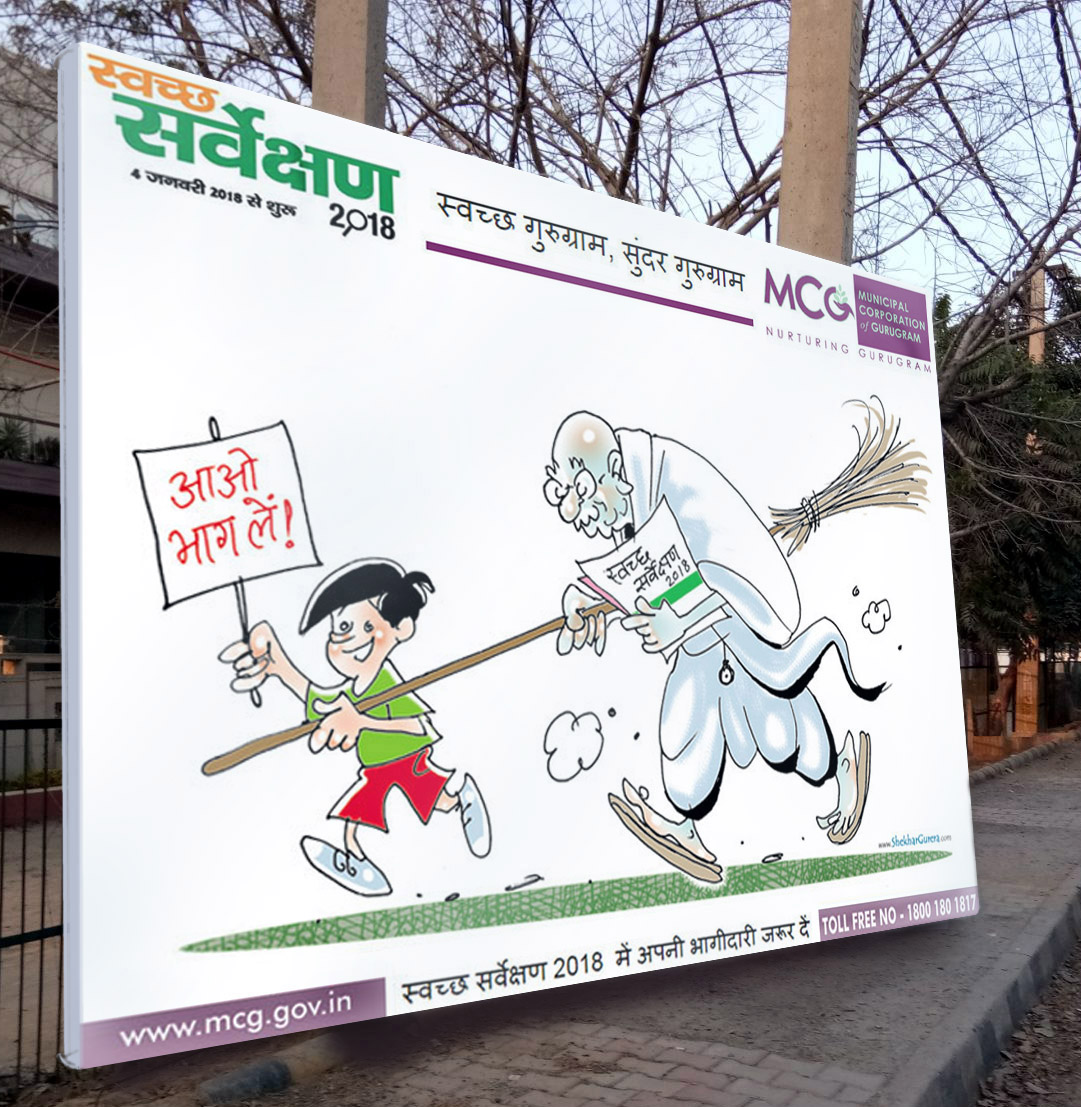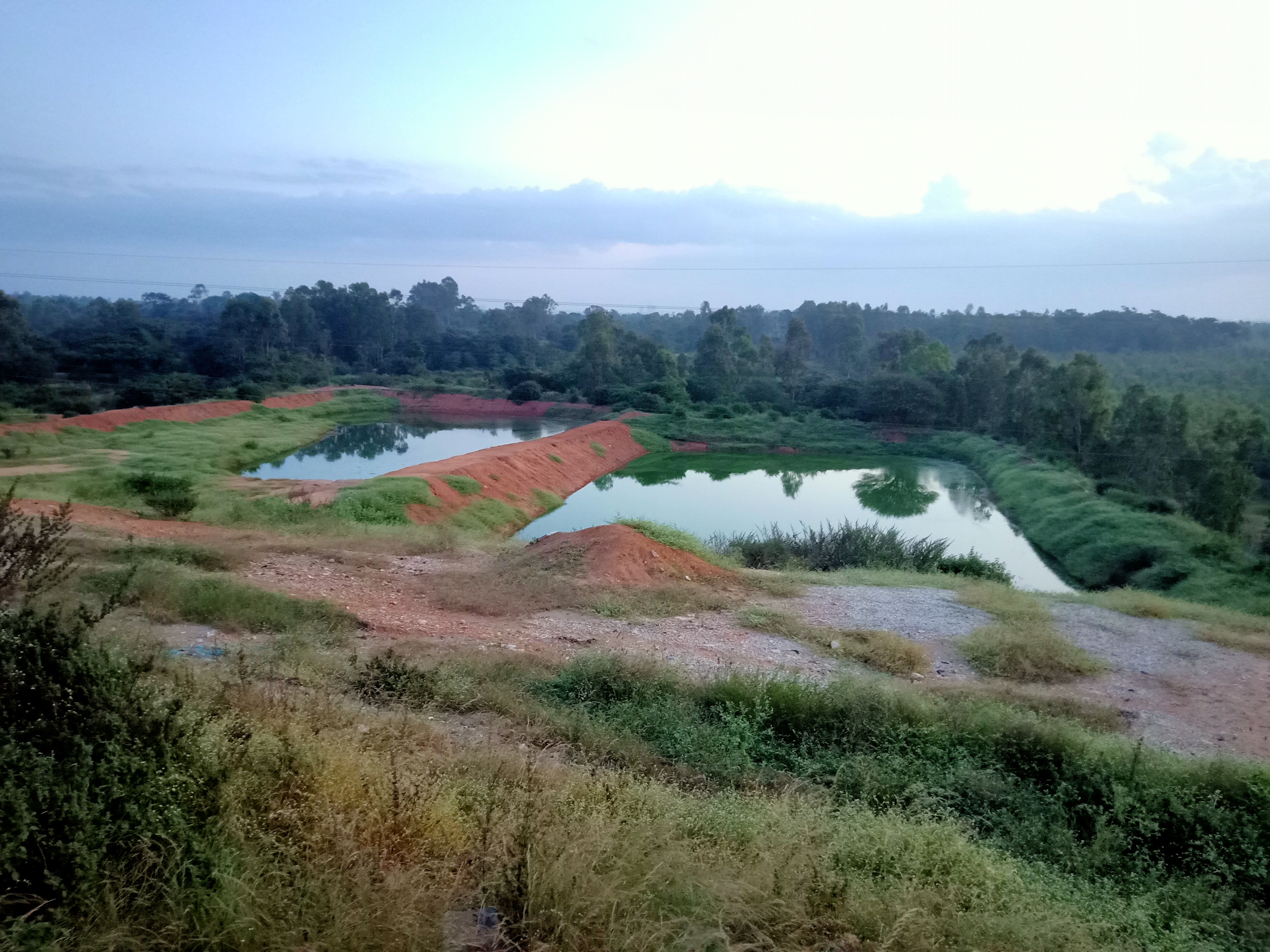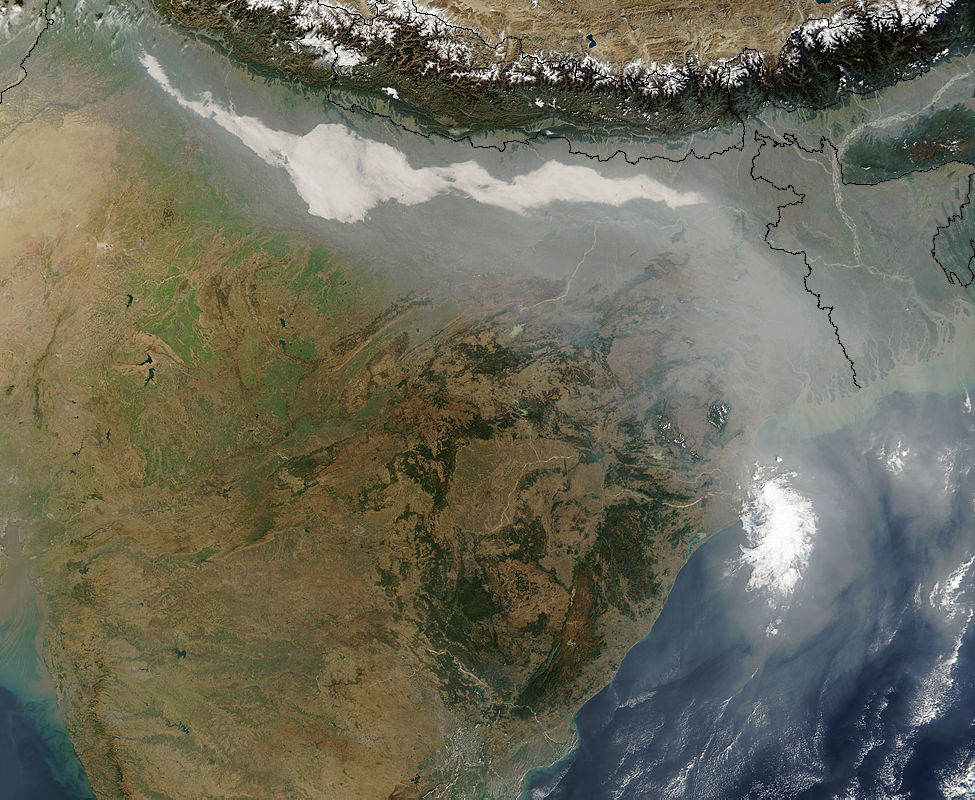|
Bhalswa Landfill
__NOTOC__ Bhalswa landfill is an overfilled landfill waste dumping site located in Delhi, India; it is over high. The site opened in 1994 and was declared overfilled in 2006, but remains in use, receiving more than 2,300 tons dumped daily in 2021. In 2022, the heap measured over 62 meters (203 feet). Impact The site is a major source of environmental pollution, fire hazards, and public health and safety issues. A 2022 study of groundwater surrounding the nearby Bhalswa Lake found none of the water was fit for consumption. Prime Minister Modi has included removal of landfills in India's Clean India Mission. See also * Ghazipur landfill * Mavallipura * Waste management in India Waste management in India falls under the purview of the Union Ministry of Environment, Forest and Climate Change (MoEF&CC). In 2016, this ministry released the Solid Wastage Management (SWM) Rules, which replaced by the Municipal Solid Waste ( ... References Further reading ;Journals * Chhibber ... [...More Info...] [...Related Items...] OR: [Wikipedia] [Google] [Baidu] |
Landfill Waste Dumping Site
A landfill is a site for the disposal of waste materials. It is the oldest and most common form of waste disposal, although the systematic burial of waste with daily, intermediate and final covers only began in the 1940s. In the past, waste was simply left in piles or thrown into pits (known in archeology as middens). Landfills take up a lot of land and pose environmental risks. Some landfill sites are used for waste management purposes, such as temporary storage, consolidation and transfer, or for various stages of processing waste material, such as sorting, treatment, or recycling. Unless they are stabilized, landfills may undergo severe shaking or soil liquefaction of the ground during an earthquake. Once full, the area over a landfill site may be reclaimed for other uses. Both active and restored landfill sites can have significant environmental impacts which can persist for many years. These include the release of gases that contribute to climate change and the discharge o ... [...More Info...] [...Related Items...] OR: [Wikipedia] [Google] [Baidu] |
Delhi
Delhi, officially the National Capital Territory (NCT) of Delhi, is a city and a union territory of India containing New Delhi, the capital of India. Straddling the Yamuna river, but spread chiefly to the west, or beyond its Bank (geography), right bank, Delhi shares borders with the state of Uttar Pradesh in the east and with the state of Haryana in the remaining directions. Delhi became a union territory on 1 November 1956 and the NCT in 1995. The NCT covers an area of . According to the 2011 census, Delhi's city proper population was over 11 million, while the NCT's population was about 16.8 million. The topography of the medieval fort Purana Qila on the banks of the river Yamuna matches the literary description of the citadel Indraprastha in the Sanskrit epic ''Mahabharata''; however, excavations in the area have revealed no signs of an ancient built environment. From the early 13th century until the mid-19th century, Delhi was the capital of two major empires, ... [...More Info...] [...Related Items...] OR: [Wikipedia] [Google] [Baidu] |
India
India, officially the Republic of India, is a country in South Asia. It is the List of countries and dependencies by area, seventh-largest country by area; the List of countries by population (United Nations), most populous country since 2023; and, since its independence in 1947, the world's most populous democracy. Bounded by the Indian Ocean on the south, the Arabian Sea on the southwest, and the Bay of Bengal on the southeast, it shares land borders with Pakistan to the west; China, Nepal, and Bhutan to the north; and Bangladesh and Myanmar to the east. In the Indian Ocean, India is near Sri Lanka and the Maldives; its Andaman and Nicobar Islands share a maritime border with Thailand, Myanmar, and Indonesia. Modern humans arrived on the Indian subcontinent from Africa no later than 55,000 years ago., "Y-Chromosome and Mt-DNA data support the colonization of South Asia by modern humans originating in Africa. ... Coalescence dates for most non-European populations averag ... [...More Info...] [...Related Items...] OR: [Wikipedia] [Google] [Baidu] |
Narendra Modi
Narendra Damodardas Modi (born 17 September 1950) is an Indian politician who has served as the Prime Minister of India, prime minister of India since 2014. Modi was the chief minister of Gujarat from 2001 to 2014 and is the Member of Parliament, Lok Sabha, member of parliament (MP) for Varanasi (Lok Sabha constituency), Varanasi. He is a member of the Bharatiya Janata Party (BJP) and of the Rashtriya Swayamsevak Sangh (RSS), a right-wing politics, right-wing Hindutva paramilitary volunteer organisation. He is the longest-serving prime minister outside the Indian National Congress. Modi was born and raised in Vadnagar, Bombay State (present-day Gujarat), where he completed his secondary education. He was introduced to the RSS at the age of eight. Modi became a full-time worker for the RSS in Gujarat in 1971. The RSS assigned him to the BJP in 1985 and he rose through the party hierarchy, becoming general secretary in 1998. In 2001, Modi was appointed chief minister of Guja ... [...More Info...] [...Related Items...] OR: [Wikipedia] [Google] [Baidu] |
Swachh Bharat Mission
Swachh Bharat Mission (SBM), Swachh Bharat Abhiyan, or Clean India Mission is a country-wide campaign initiated by the Government of India on 2 October 2014 to eliminate open defecation and improve solid waste management and to create Open Defecation Free (ODF) villages. The program also aims to increase awareness of menstrual health management. It is a restructured version of the Nirmal Bharat Abhiyan which was launched by the Government of India in 2009. A formal sanitation programme was first launched in 1954, followed by Central Rural Sanitation Programme in 1986, Total Sanitation Campaign (TSC) in 1999 and Nirmal Bharat Abhiyan in 2012. Phase 1 of the Swachh Bharat Mission (SBM) lasted until 2 October 2019, and Phase 2 is being implemented between 2020–21 and 2024–25 to reinforce the achievements of Phase 1. Initiated by the Government of India, the mission aimed to achieve an " open-defecation free" (ODF) India by 2 October 2019, the 150th anniversary of the birth of ... [...More Info...] [...Related Items...] OR: [Wikipedia] [Google] [Baidu] |
Ghazipur Landfill
The Ghazipur landfill (aka Mount Vikaas) is a landfill waste dumping site established in 1984. It is located in Ghazipur, a village in the eastern district of Delhi, India. The landfill covers an area of approximately and reaches heights of over . Ghazipur has become one of the largest landfills in Delhi. The landfill reached its maximum capacity in 2002; however, it continues to receive solid waste from the city of Delhi. Despite efforts to mitigate problems, long-term mismanagement at the landfill has created significant ongoing environmental, fire, and human health hazards, with the site emitting toxic gases, polluting groundwater, and creating an extreme fire hazard. A major fire broke out at the landfill site on 21 April 2024; the fire rapidly spread, engulfing several areas of the landfill. Toxic smoke from the fire has caused significant health and breathing problems. The cause of the fire is undetermined. The National Green Tribunal (NGT) has requested a reply from the ... [...More Info...] [...Related Items...] OR: [Wikipedia] [Google] [Baidu] |
Mavallipura
Mavallipura is a village to the north of Bangalore. A part of the village, about north of the main part of the city was used as an illegal landfill from 2003 to 2015 resulting in an ecological disaster. The village of Mavallipura had about a population of about 4500 with many involved in livestock rearing, grazing sheep, goat and cattle on the common grazing lands. Mavallipura was used from around 2003 to dump about four million tonnes of garbage (at about 1000 tonnes a day in that period) to become a large heap 40 m high and spread over several hectares. In the early years, the BBMP paid and signed a contract with a local farmer to dump garbage on his site, and it was discovered later that the land on which they dumped actually belonged to the Karnataka Forest Department. A larger plot of former grazing land was later leased out to a company called Ramky. The landfill was then operated by Ramky and garbage came from the Bangalore metropolitan authority or BBMP (Bruhat Bengalur ... [...More Info...] [...Related Items...] OR: [Wikipedia] [Google] [Baidu] |
Waste Management In India
Waste management in India falls under the purview of the Union Ministry of Environment, Forest and Climate Change (MoEF&CC). In 2016, this ministry released the Solid Wastage Management (SWM) Rules, which replaced by the Municipal Solid Waste (Management and Handling) Rules, and 2000 of which had been in place for 16 years. This national policy plays a significant role in the acknowledgment and inclusion of the informal sector (waste pickers) into the waste management process for the first time. India generates of waste each year. About 43 million tonnes (70%) are collected, of which about 12 million tonnes are treated, and 31 million tonnes are dumped in landfill sites. With changing consumption patterns and rapid economic growth, it is estimated that urban municipal solid waste generation will increase to 165 million tonnes in 2030. Household waste generation and composition Solid waste management (SWM) is a major problem for many urban local bodies (ULBs) in India, w ... [...More Info...] [...Related Items...] OR: [Wikipedia] [Google] [Baidu] |
Environmental Issues In India
There are multiple environmental issues in India. Air pollution, water pollution, garbage, domestically prohibited goods and pollution of the natural environment are all challenges for India. Nature is also causing some drastic effects on India. The situation was worse between 1947 through 1995. According to data collected and environmental assessments studied by World Bank experts, between 1995 through 2010, India has made some of the fastest progress in addressing its environmental issues and improving its environmental quality in the world. However, pollution still remains a major challenge and opportunity for the country. Environmental issues are one of the primary causes of disease, health issues and long term livelihood impact for India. Law and policies British rule of India saw several laws related to the environment. Amongst the earliest ones were Shore Nuisance (Bombay and Kolkata) Act of 1853 and the Oriental Gas Company Act of 1857. The Indian Penal Code of 186 ... [...More Info...] [...Related Items...] OR: [Wikipedia] [Google] [Baidu] |







